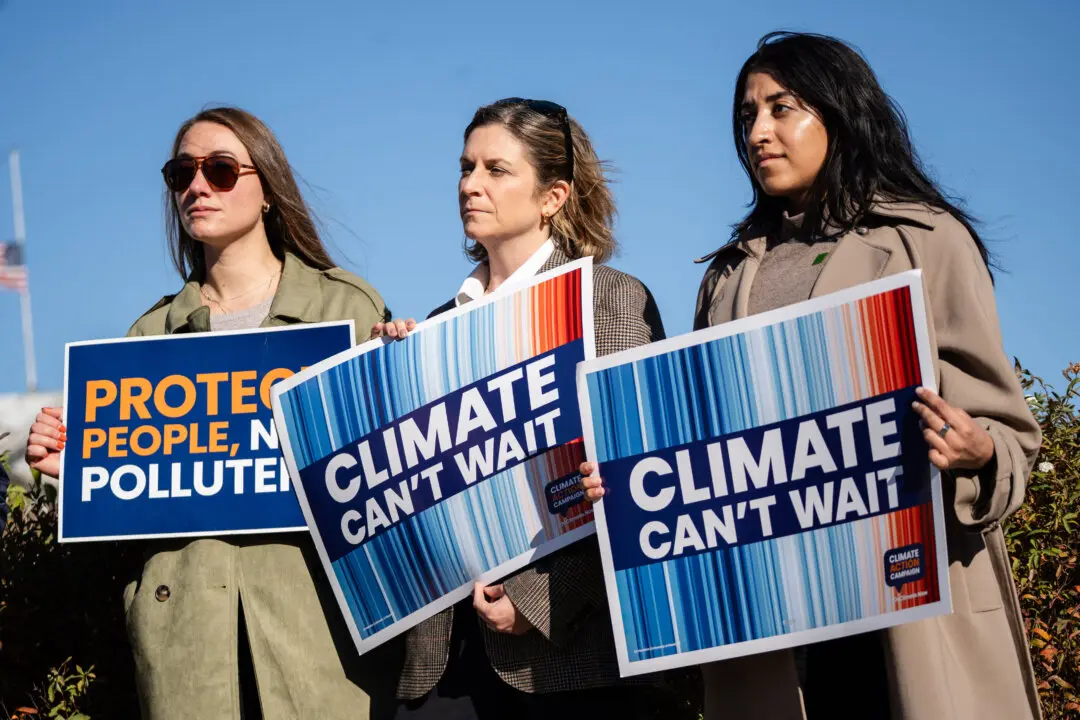A recent report by the Brookings Institution claims that “the American public overwhelmingly favors renewable power.” While this may be true in theory, when Americans experience the reality of it, they don’t seem to like it much at all.
Brookings, which sees local resistance as an impediment to overcome, conceded that “even though people like wind and solar power in the abstract, some still object to large projects near their homes.” The report, “Renewables, Land Use, and Local Opposition in the United States,” notes that wind and solar generation takes up at least 10 times as much land as coal- or gas-fired plants, while other estimates have put it as high as 75 times.





